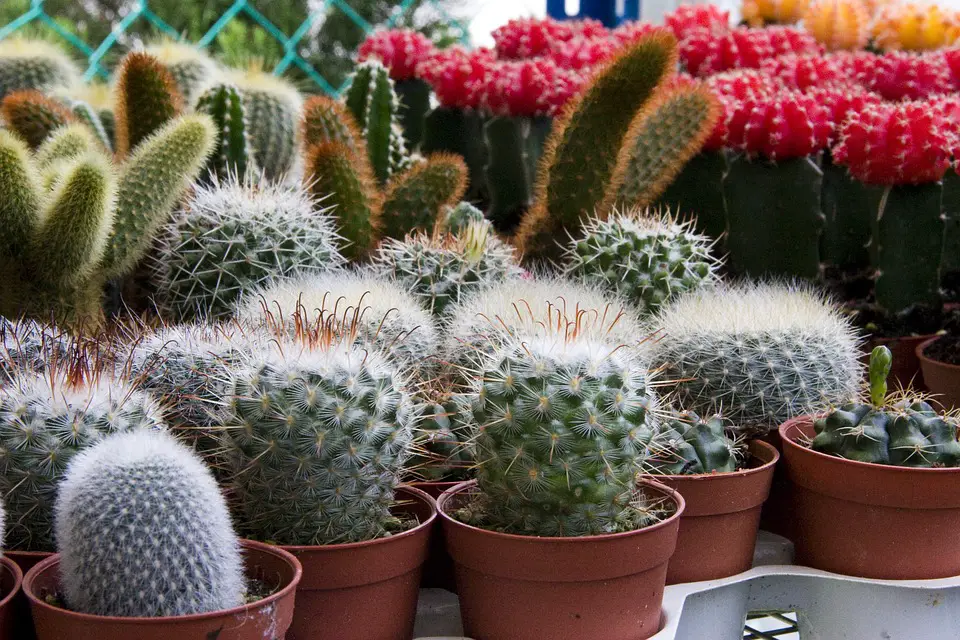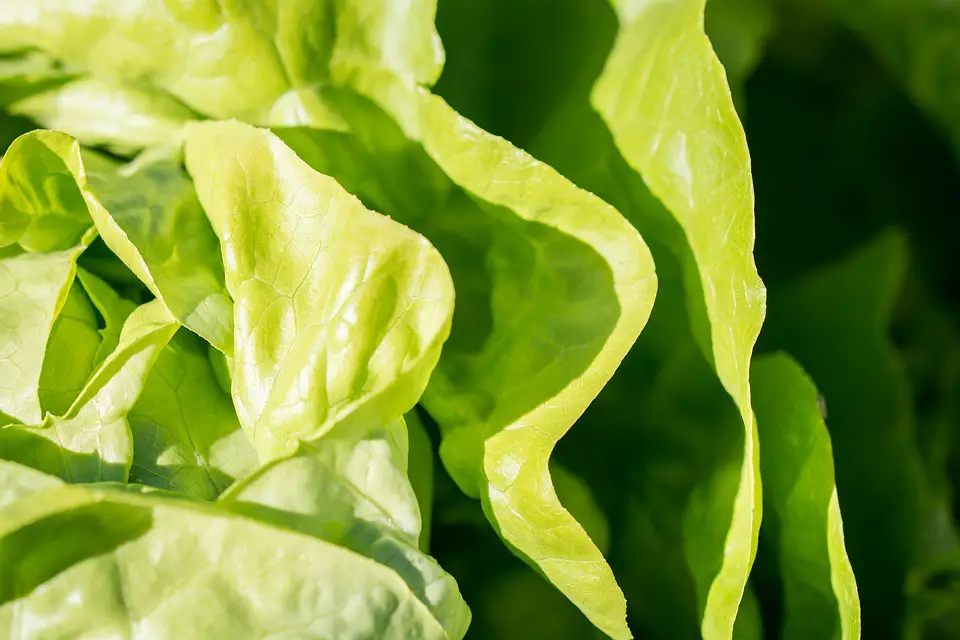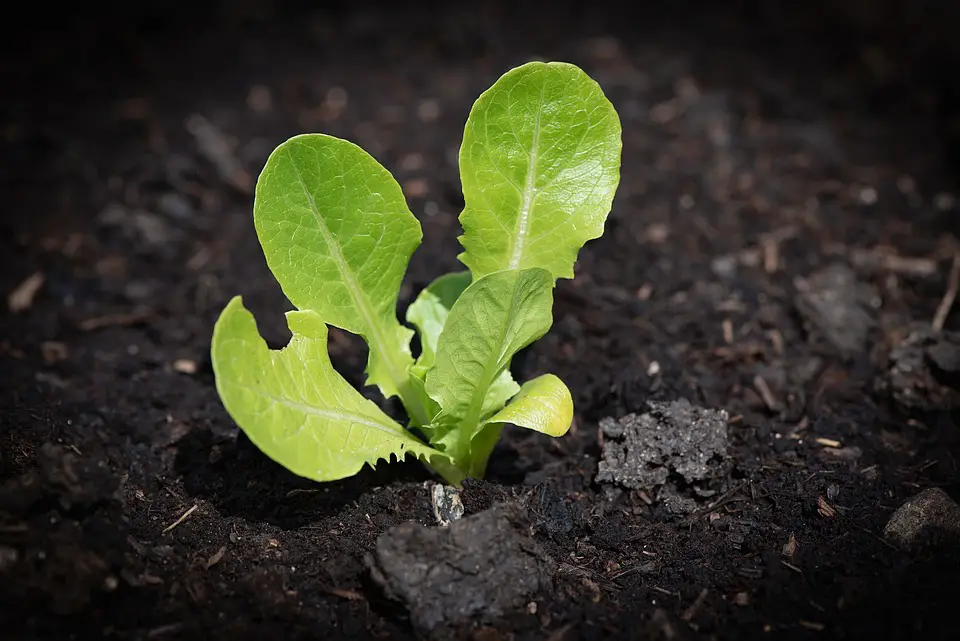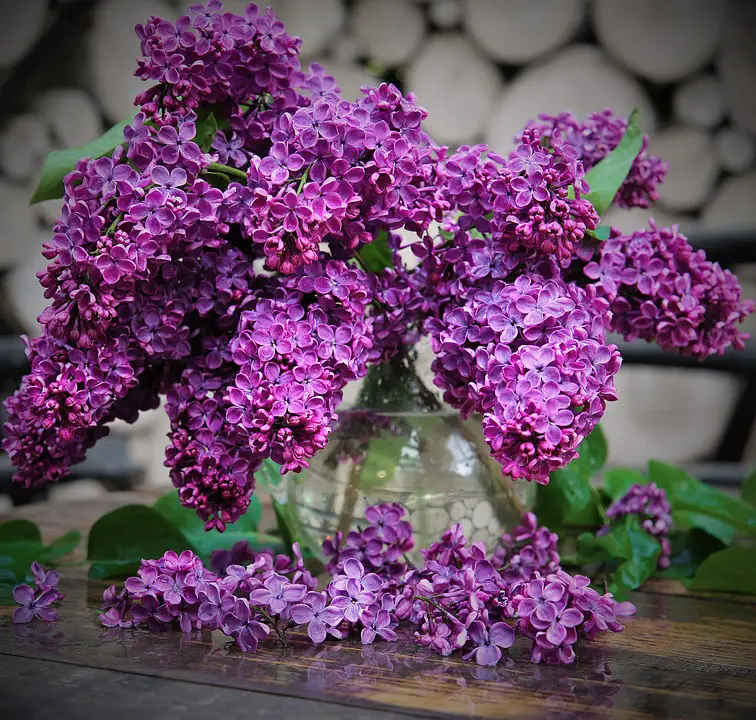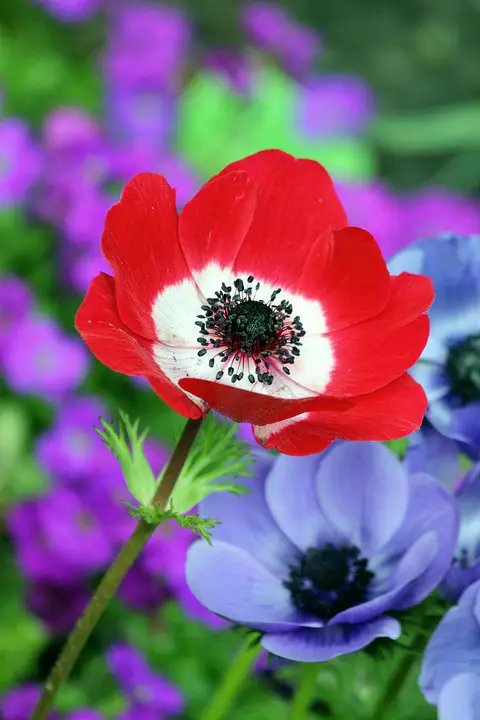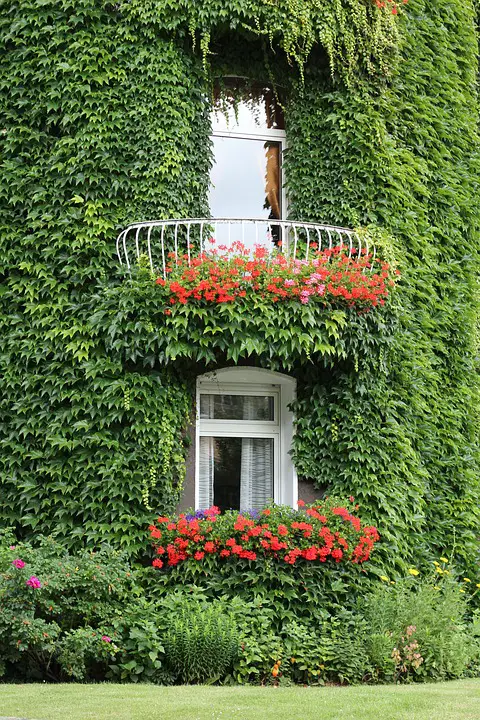Garden Tips
Gardening is a massive area with lots to learn, so allow us to help you to develop your knowledge of this wonderful activity.
-
The Future of Urban Farming: Exploring the Potential of Indoor Vertical Gardens
Indoor vertical gardens utilize vertical space and advanced technologies to grow crops in a controlled environment. They offer benefits such as space efficiency, year-round production, water conservation, and reduced environmental impact. Technological advancements like LED lighting and automated systems play a crucial role in their success. The future of indoor vertical gardens includes integration into…
Categories: Indoor Garden -
The Rise of the Urban Farmers: Growing Vegetables in Small Spaces
As urban populations grow, more people are turning to urban farming to grow their own food. Techniques like vertical and container gardening make it possible to cultivate vegetables in small spaces. Leafy greens and herbs are ideal choices. Overcoming challenges can be done with innovative solutions and guidance from experienced urban farmers. Urban farming is…
Categories: Edible Garden -
Take the Indoors Out: Outdoor Garden Ideas for Bringing Style to Your Patio
This content provides ideas for creating stylish outdoor gardens on your patio, including minimalistic designs, cozy living rooms, herb and vegetable gardens, vertical gardens, and outdoor dining areas. It also includes FAQs on maintenance, low-maintenance plants, and protecting outdoor furniture.
Categories: Outdoor Garden -
Into the Wild: Creating a Natural Habitat in Your Outdoor Garden
This article discusses creating a natural habitat in your garden by incorporating native plants, creating shelter and nesting sites, providing food sources, and conserving water and reducing waste. It also answers frequently asked questions about attracting butterflies and birds to your garden.
Categories: Outdoor Garden -
The Fruitful Harvest: Unveiling the Benefits of Growing Your Own Fruit
This article discusses the benefits of growing your own fruit, including enhanced flavor, increased nutritional value, cost-effectiveness, therapeutic benefits, educational opportunities, and FAQs about fruit cultivation.
Categories: Edible Garden -
The Future of Farming: How Indoor Vertical Farming is Revolutionizing Agriculture
Indoor vertical farming is revolutionizing agriculture by maximizing space utilization, enabling year-round crop production, and reducing water usage and environmental impact. It faces challenges like high initial investment and energy consumption but is economically viable in the long run.
Categories: Indoor Garden -
The Benefits of Sustainable Gardening: A Win-Win for You and the Planet
Sustainable gardening is an eco-friendly approach that conserves resources, promotes biodiversity, improves soil health, increases water efficiency, and enhances personal well-being. It can be done in any size space and can save money. Composting, attracting beneficial insects, and minimizing waste are important practices.
Categories: Outdoor Garden -
Growing Your Own Food: A Beginner’s Journey into Edible Gardening
This content provides a beginner’s guide to edible gardening, covering topics such as starting small, understanding your space, preparing the soil, planting and care, harvesting and enjoying, and FAQs. It highlights the benefits of growing your own food, including freshness, control over growing conditions, physical and mental well-being, and cost savings.
Categories: Edible Garden -
The Year-round Green Thumb: How to Start and Maintain an Indoor Garden
Starting and maintaining an indoor garden involves choosing the right plants, providing adequate light and water, optimizing humidity and temperature, fertilizing and pruning, and preventing pests and diseases.
Categories: Indoor Garden

